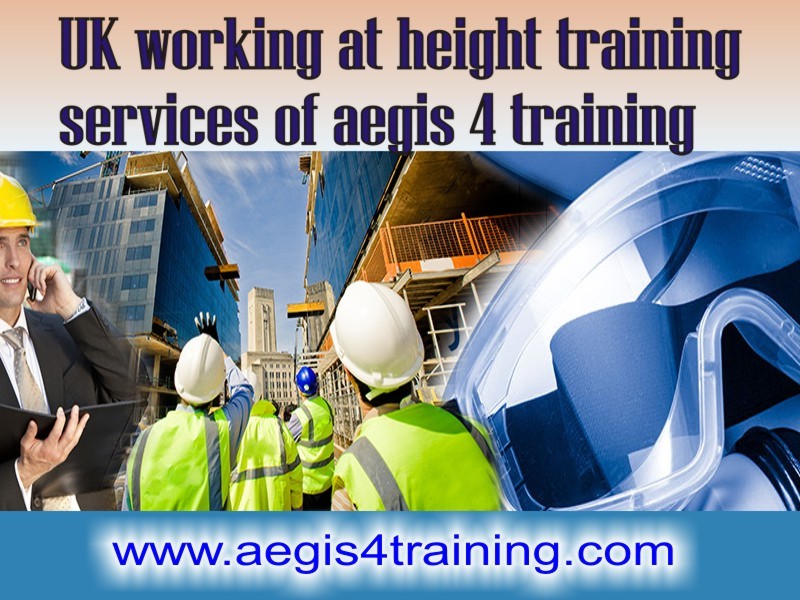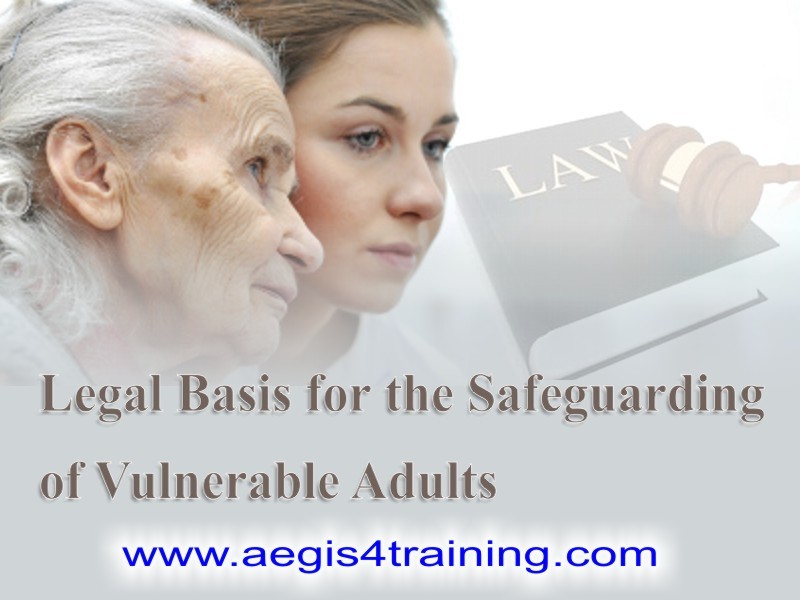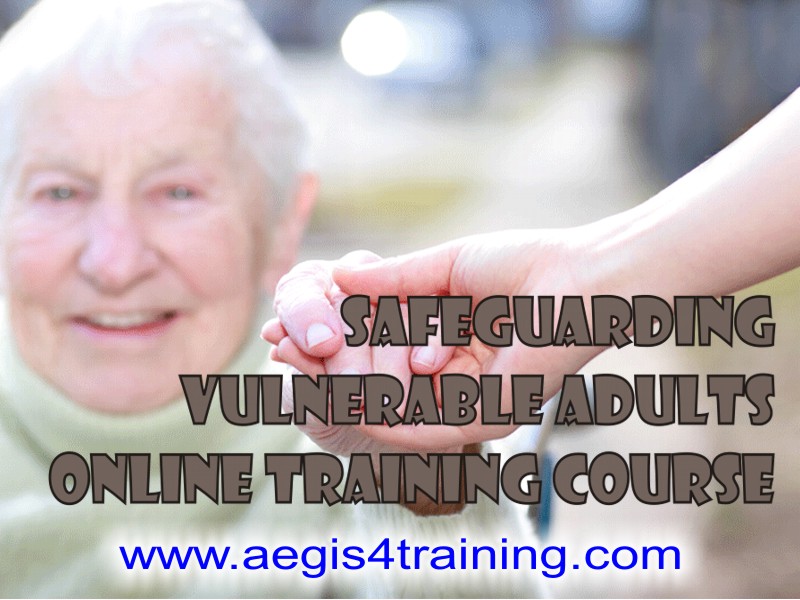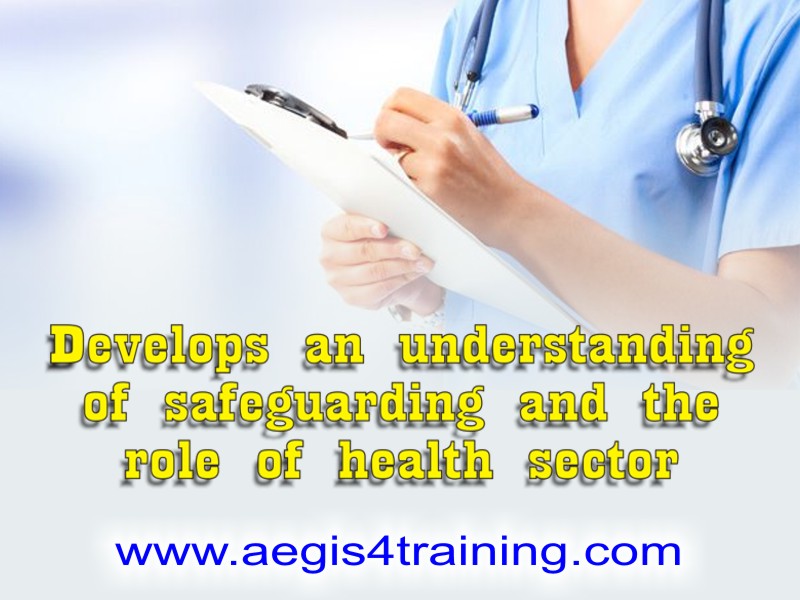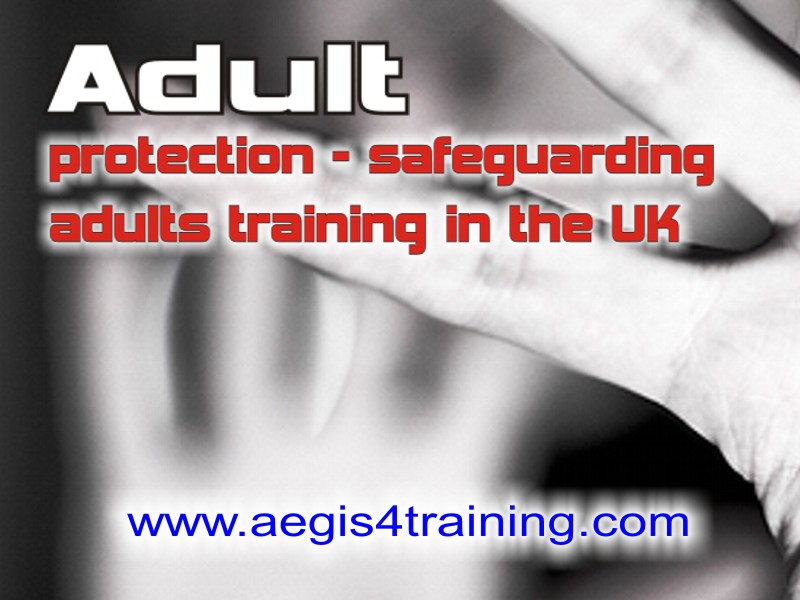
Make sure you give collective protection measures priority over personal protection measures. Collective measures have several advantages. They are easier to use, protect everyone at risk in the work area and need less effort in terms of maintenance and user training. Personal measures have disadvantages – they require a high level of training and maintenance and they only protect the user.
Collective protection is equipment which can protect more than one person and, once properly installed or erected, does not require any action by them to make sure it will work. Examples which prevent a fall include, scaffolds, tower scaffolds and cherry pickers which have guard rails and equipment which minimises the consequences of a fall, include nets and airbags.
Personal protection is equipment which protects only the user/wearer and requires action by the individual, such as properly wearing and adjusting it, for it to work. Examples include work restraint equipment which prevents a fall and fall arrest equipment which minimises the consequences of a fall.
When selecting work equipment look at all the risks, not just those associated with the ‘use’ phase. It may take two or more people to assemble a tower scaffold to get onto a roof and install temporary edge
protection, whereas the repair may need only one person on the roof, putting several people at risk so
one person can work safely. A better solution would be to use a cherry picker, so one person can perform the task safely from the working platform. This avoids others being put at risk during set up and dismantling.
There are even more risks associated with work on a fragile fibre/asbestos cement roof. Where possible, use a cherry picker or tower scaffold to access and repair a leaking skylight. This will remove risks associated with setting up and dismantling work equipment on the roof.
Make sure the people who select, assemble, use and supervise the use of the equipment have all the relevant information, eg manufacturer’s instructions, have been trained and are competent. Make sure the equipment is regularly inspected and maintained, including ladders and stepladder.
For more info please visit our site!


